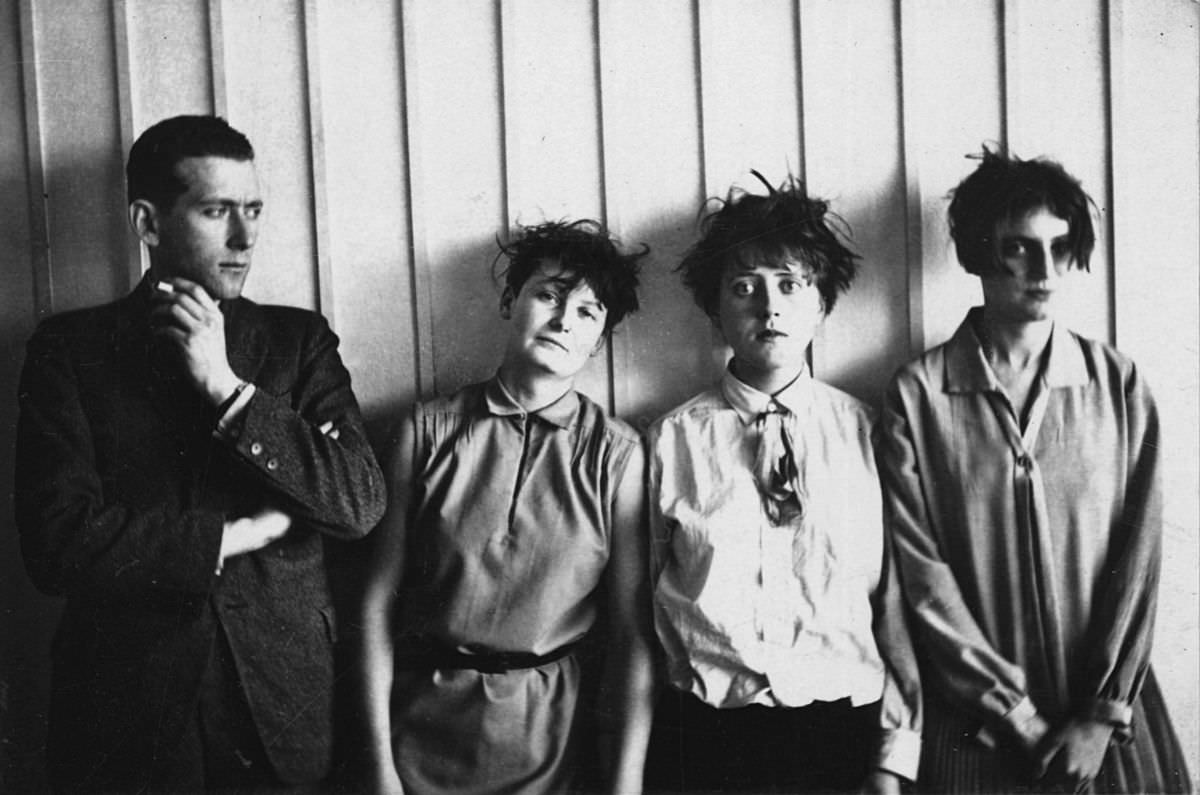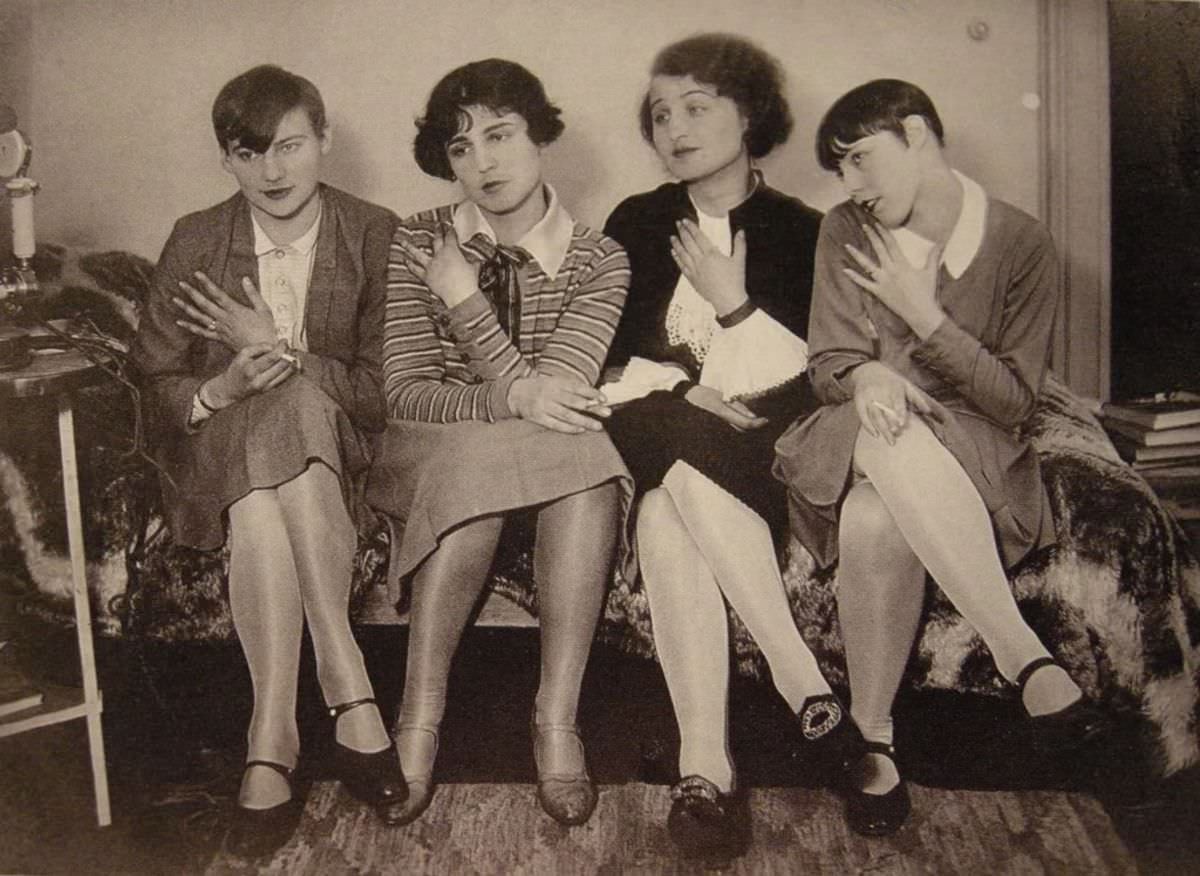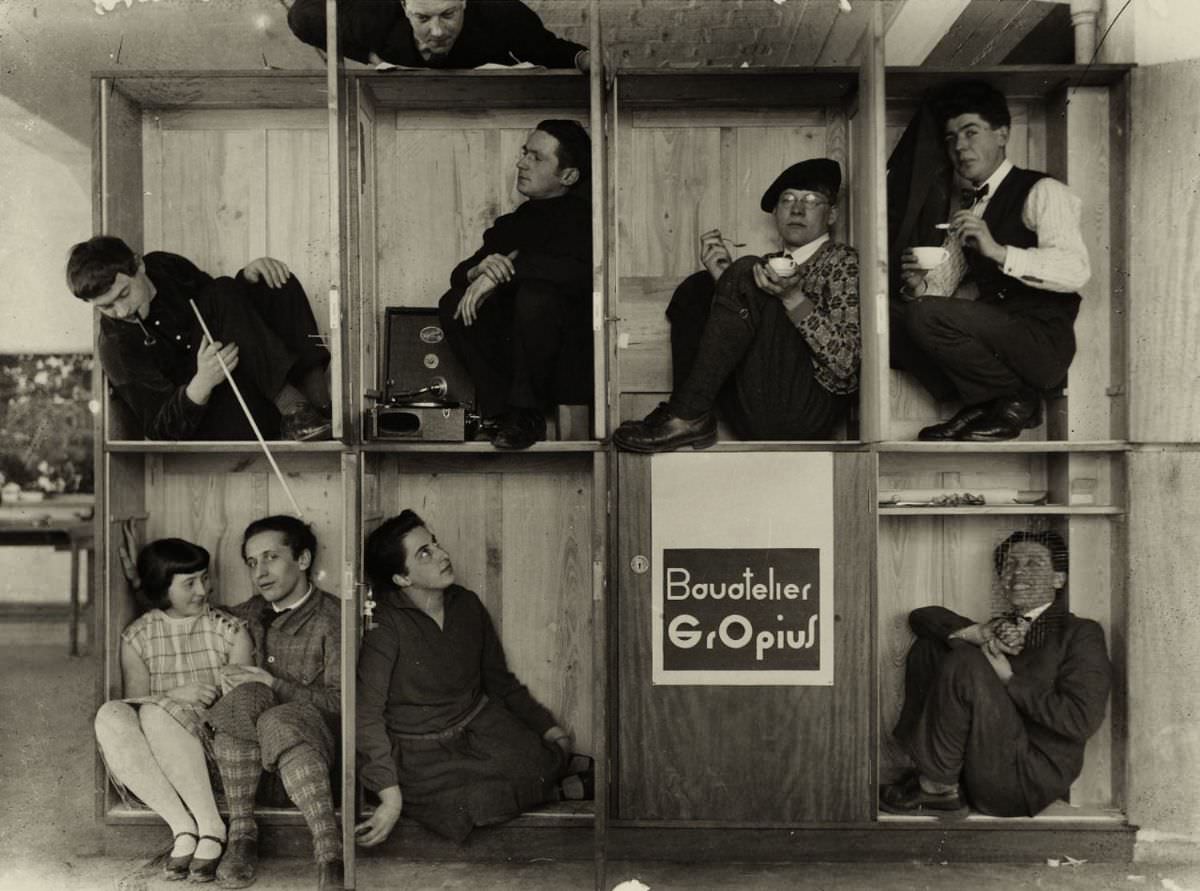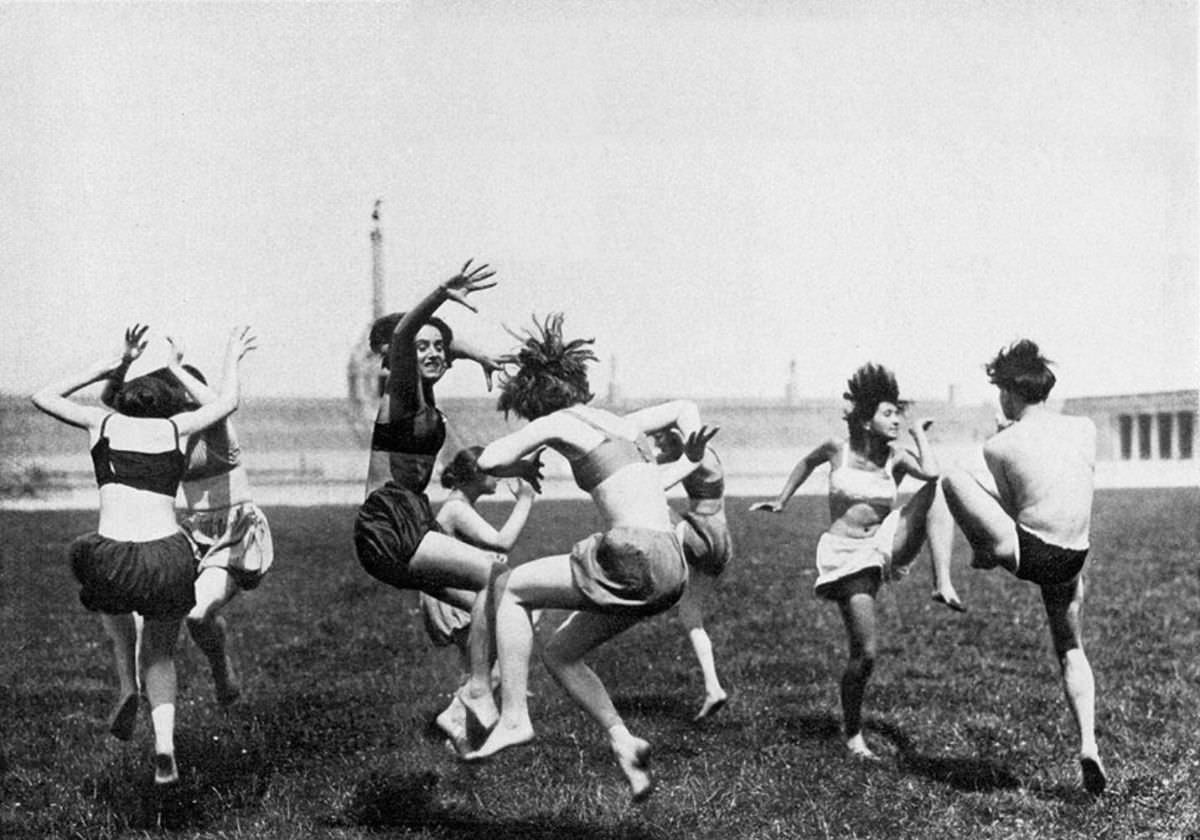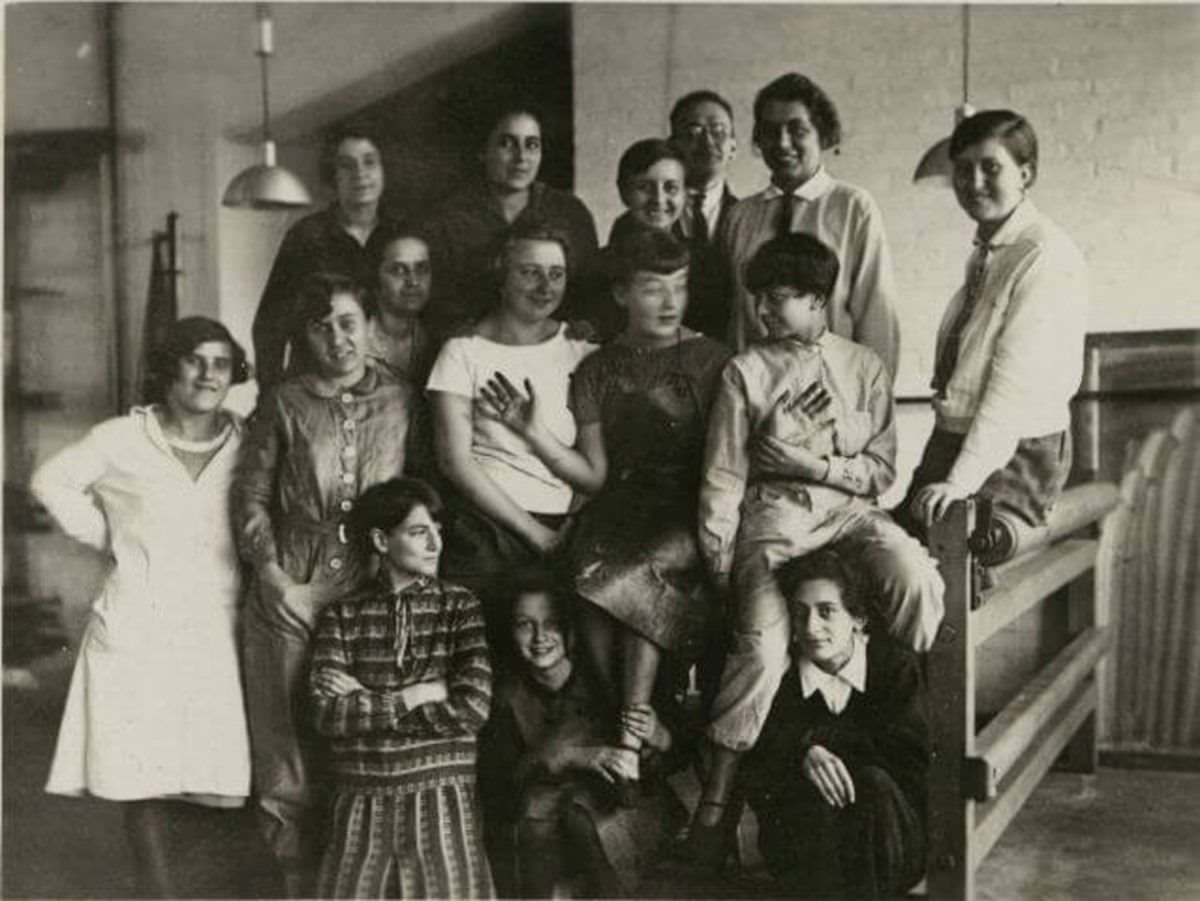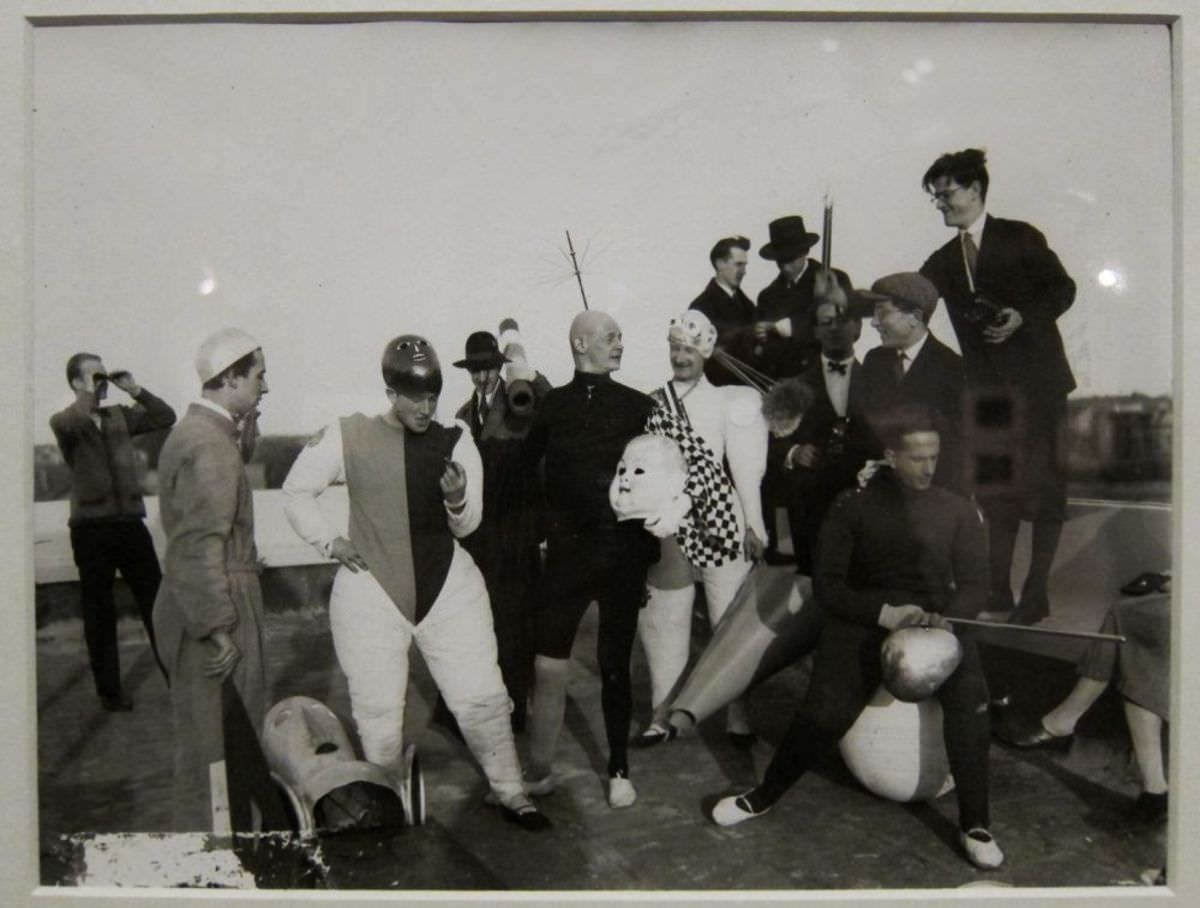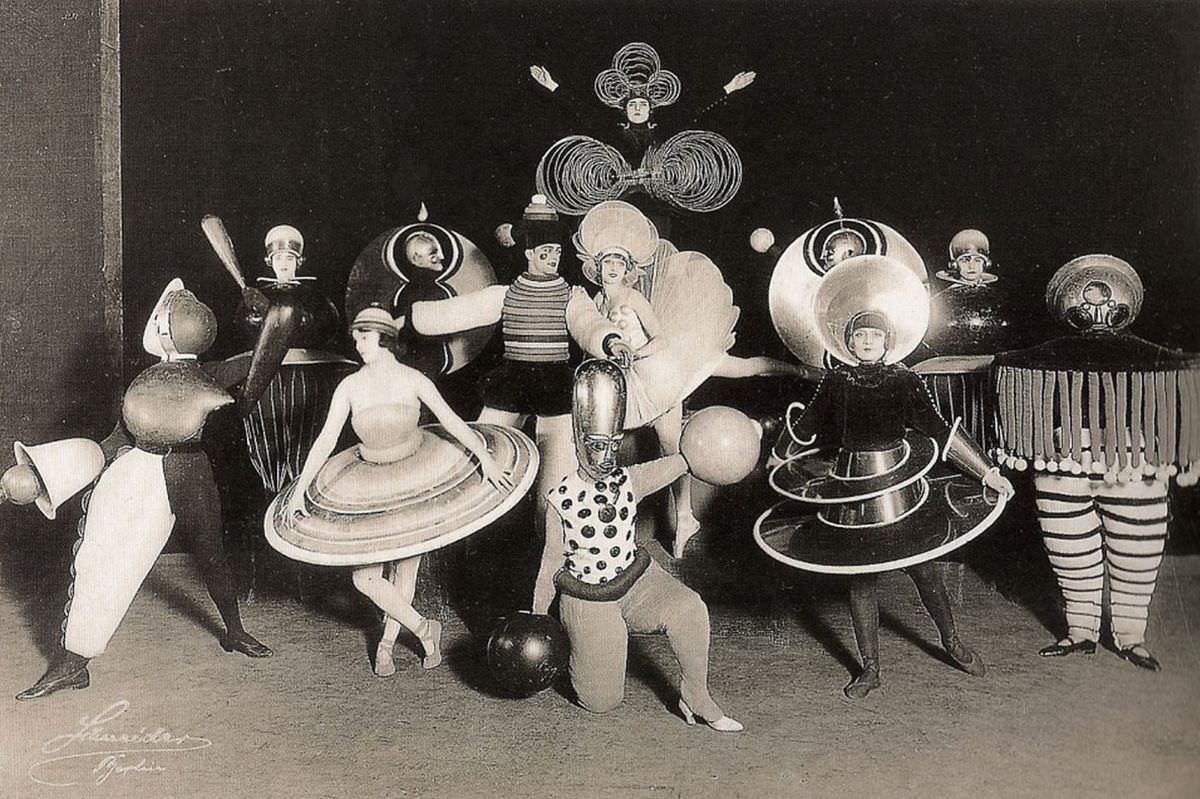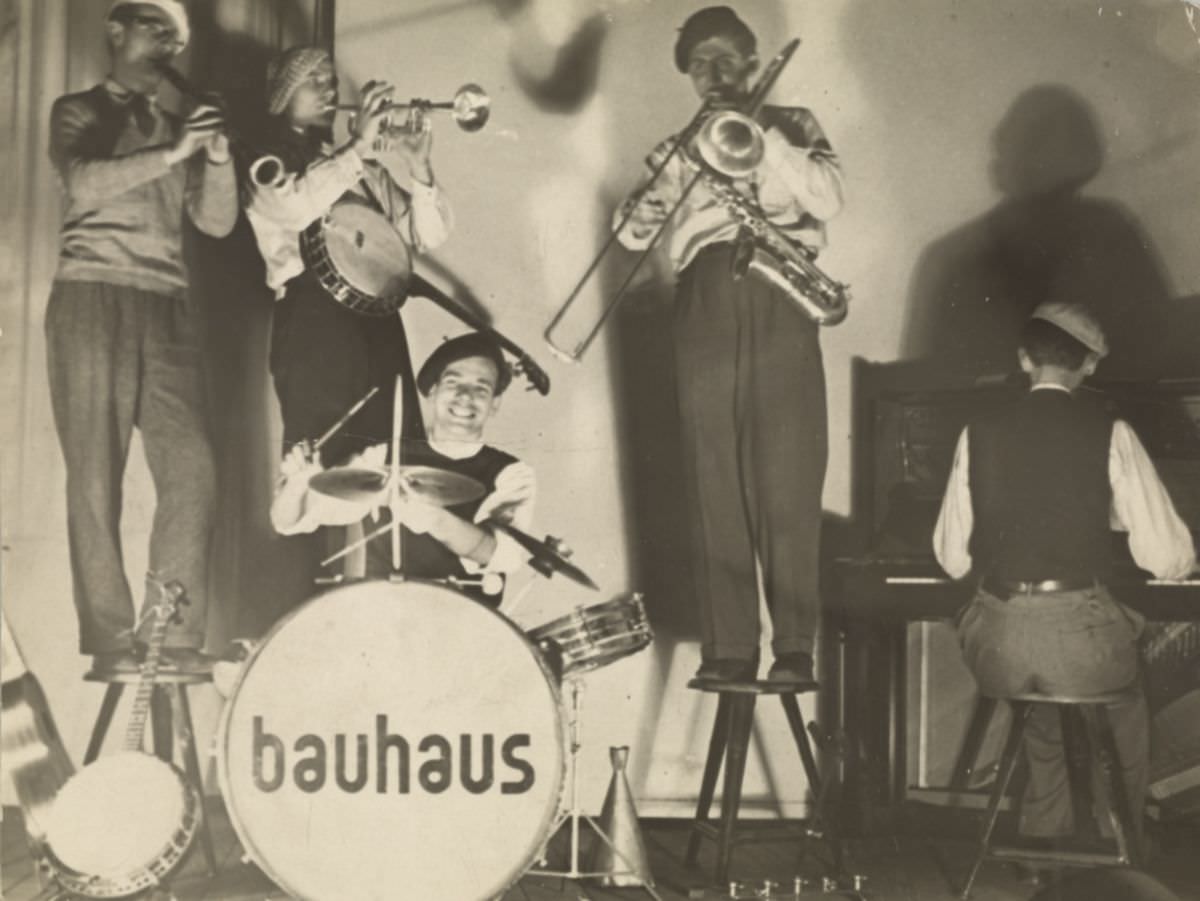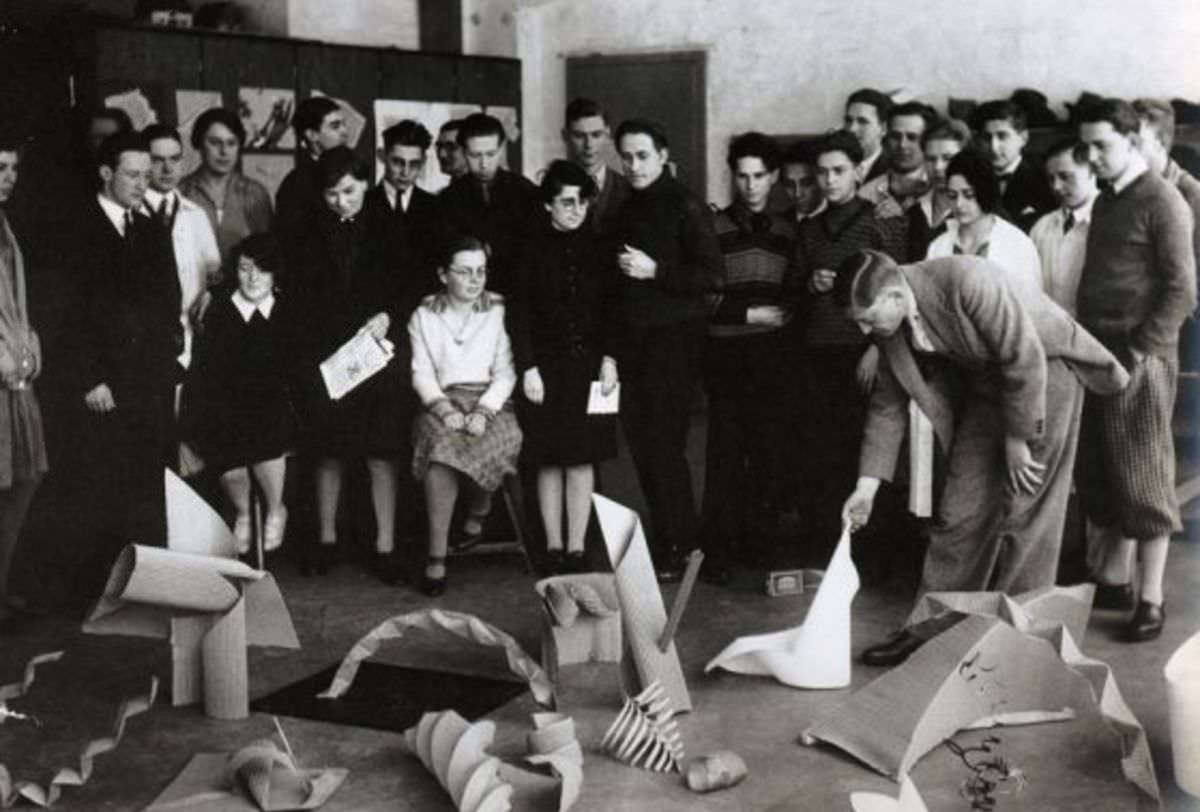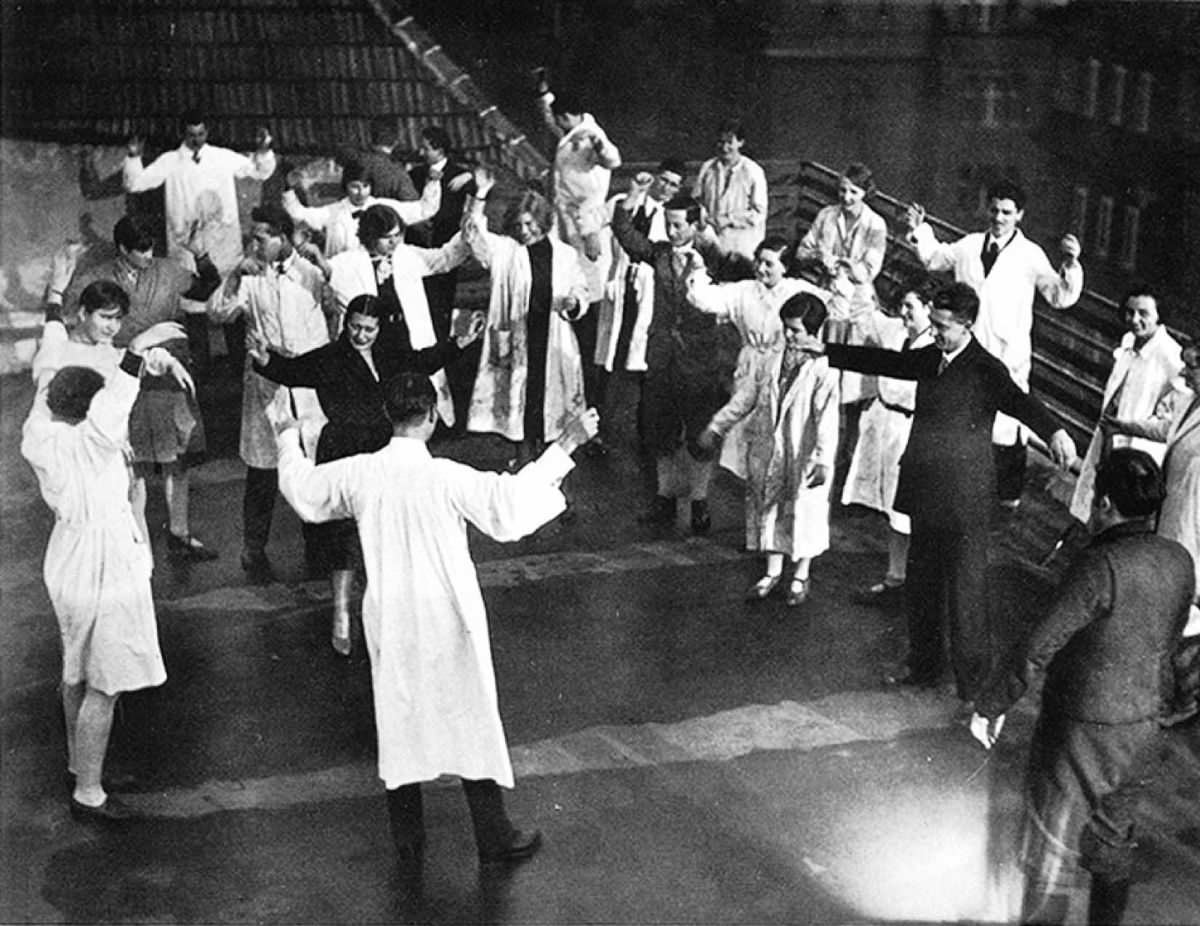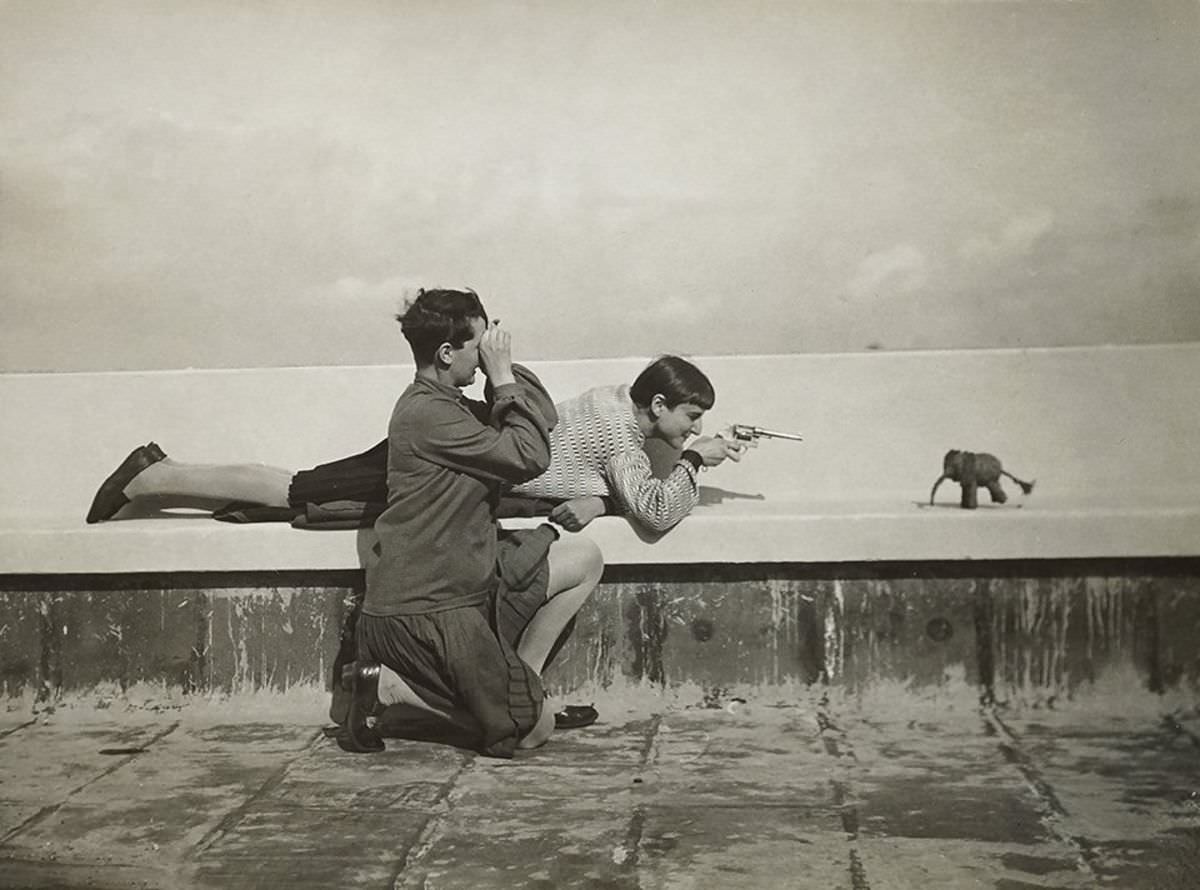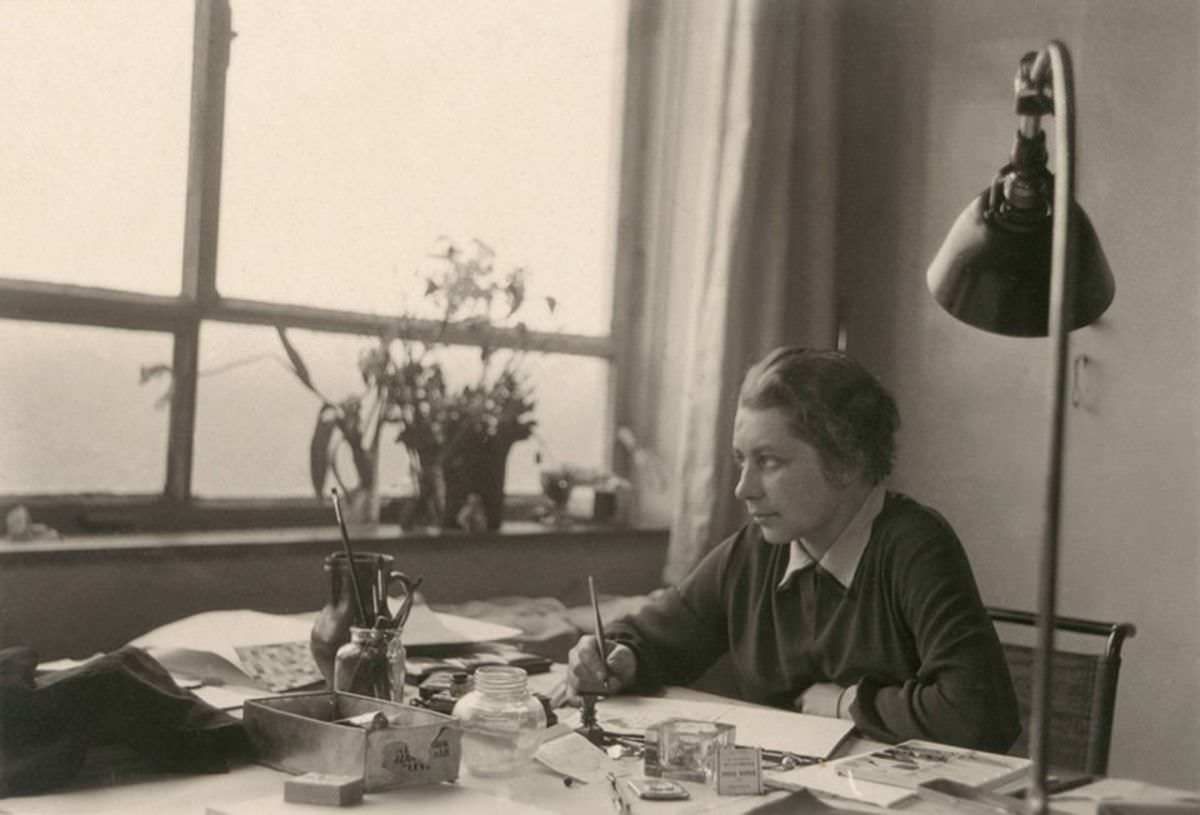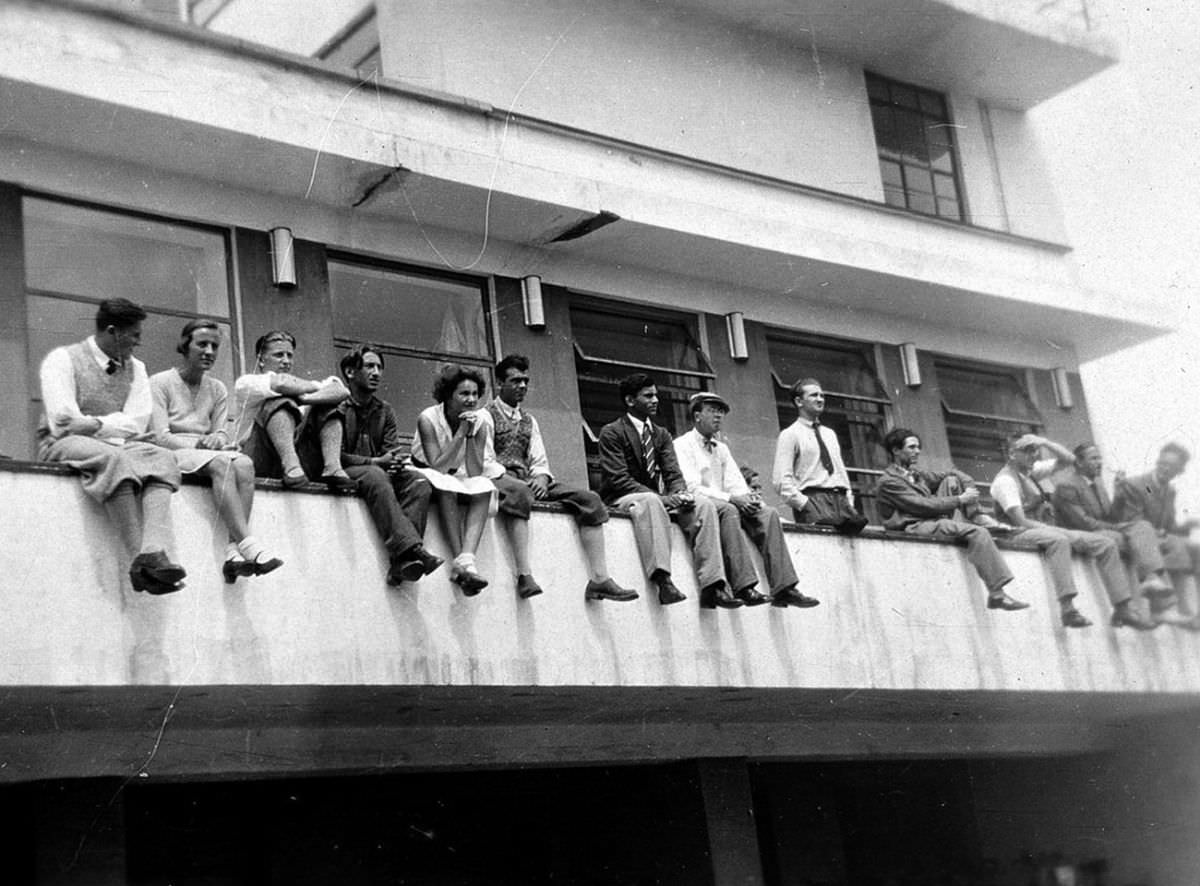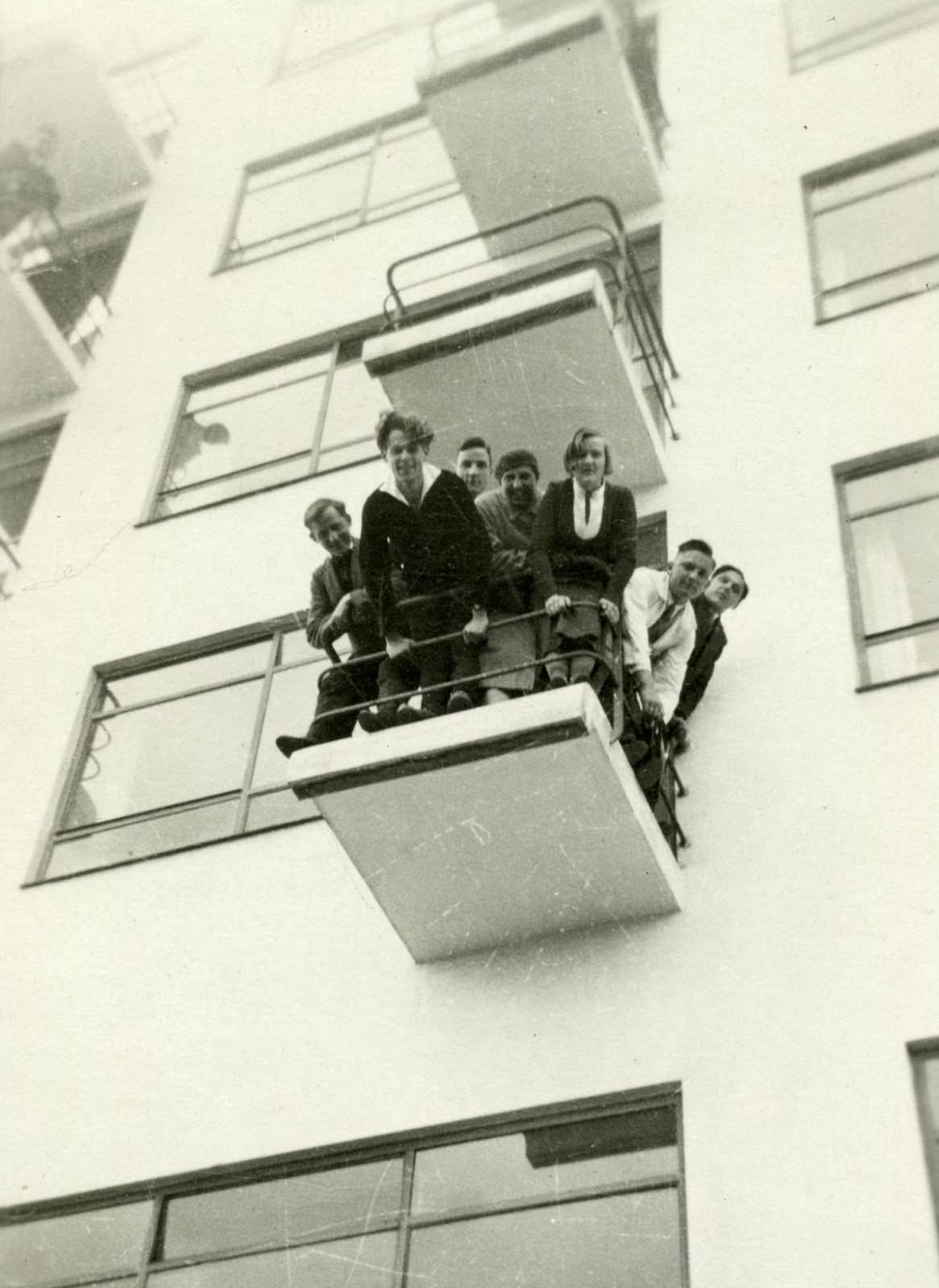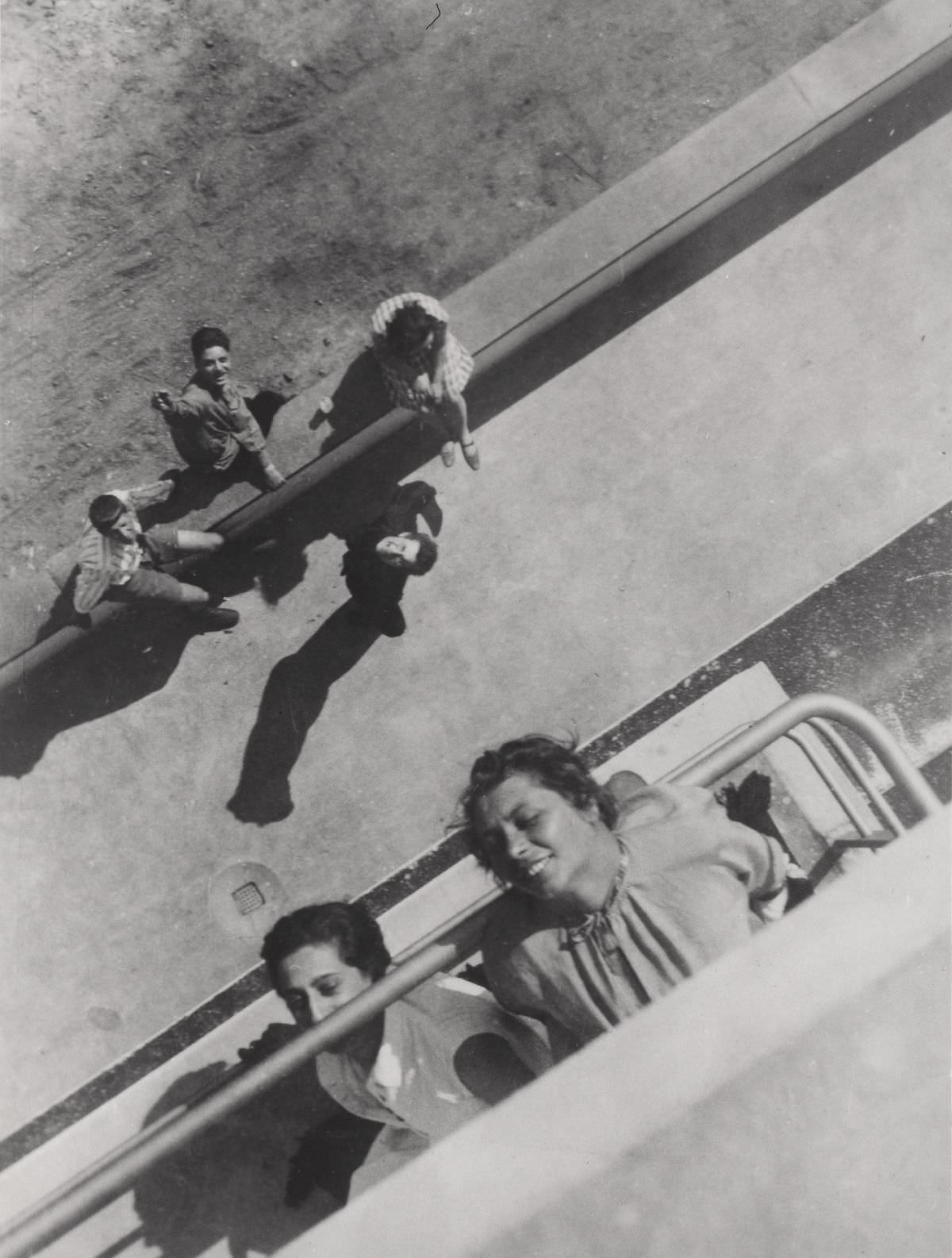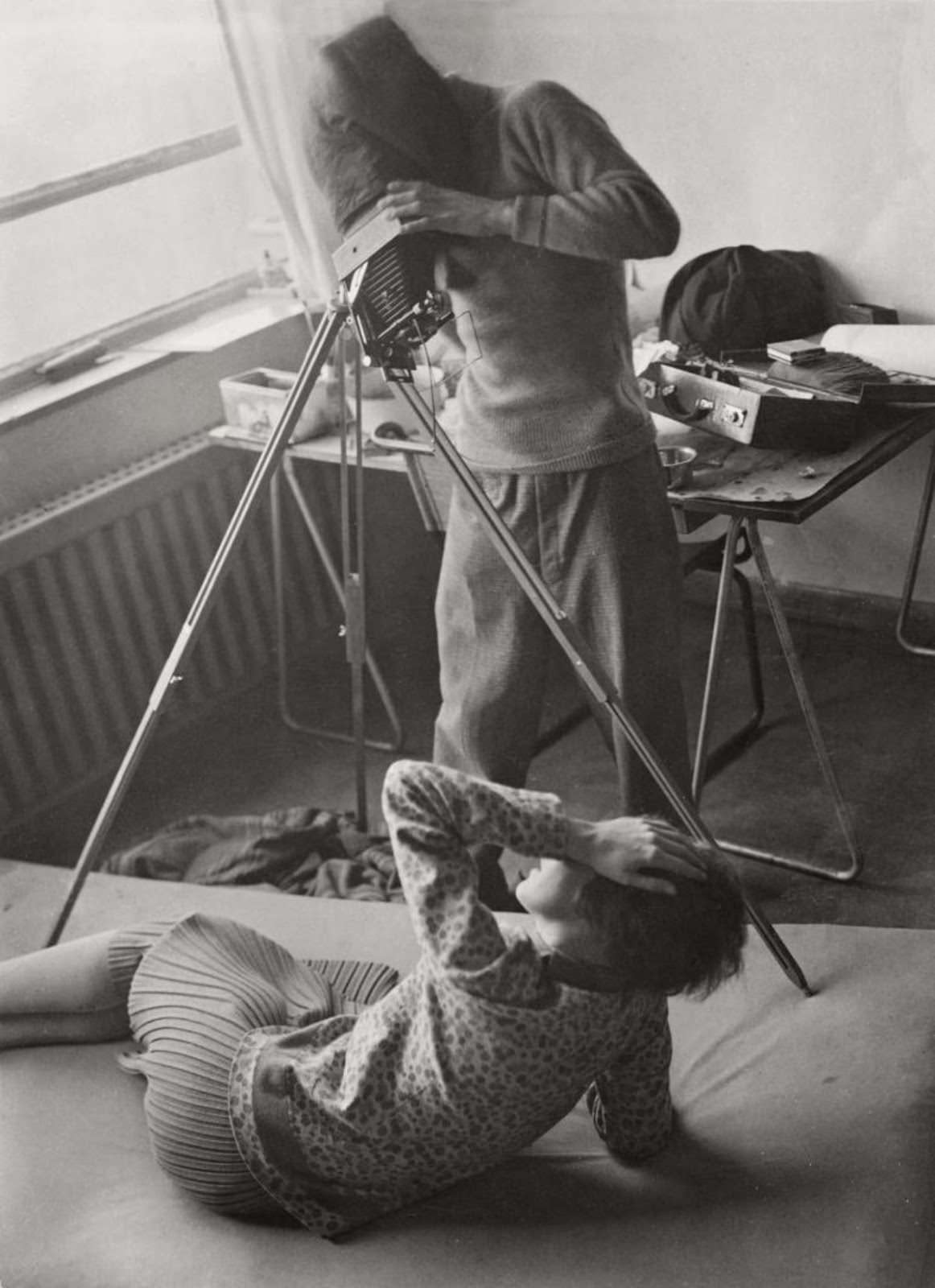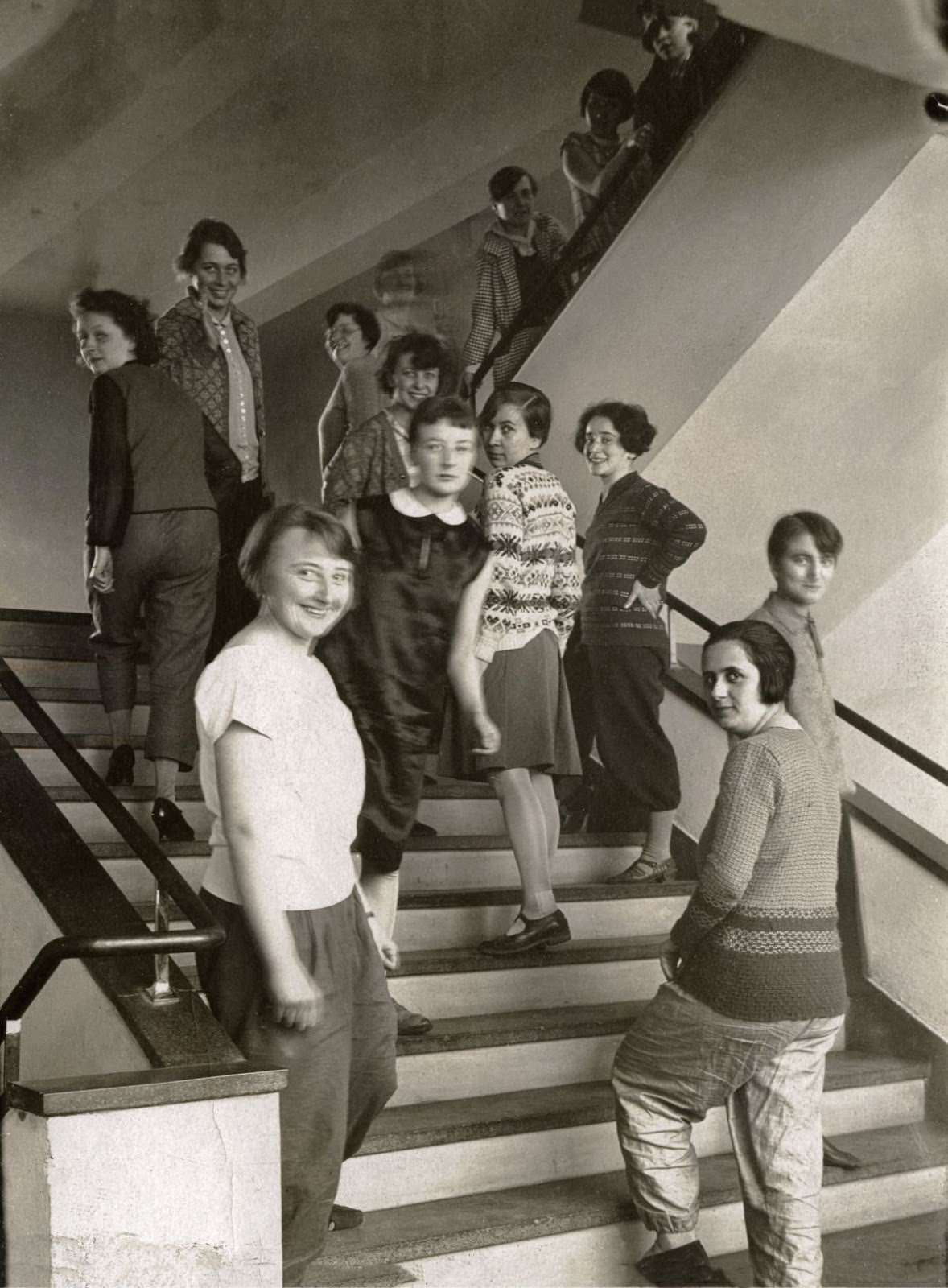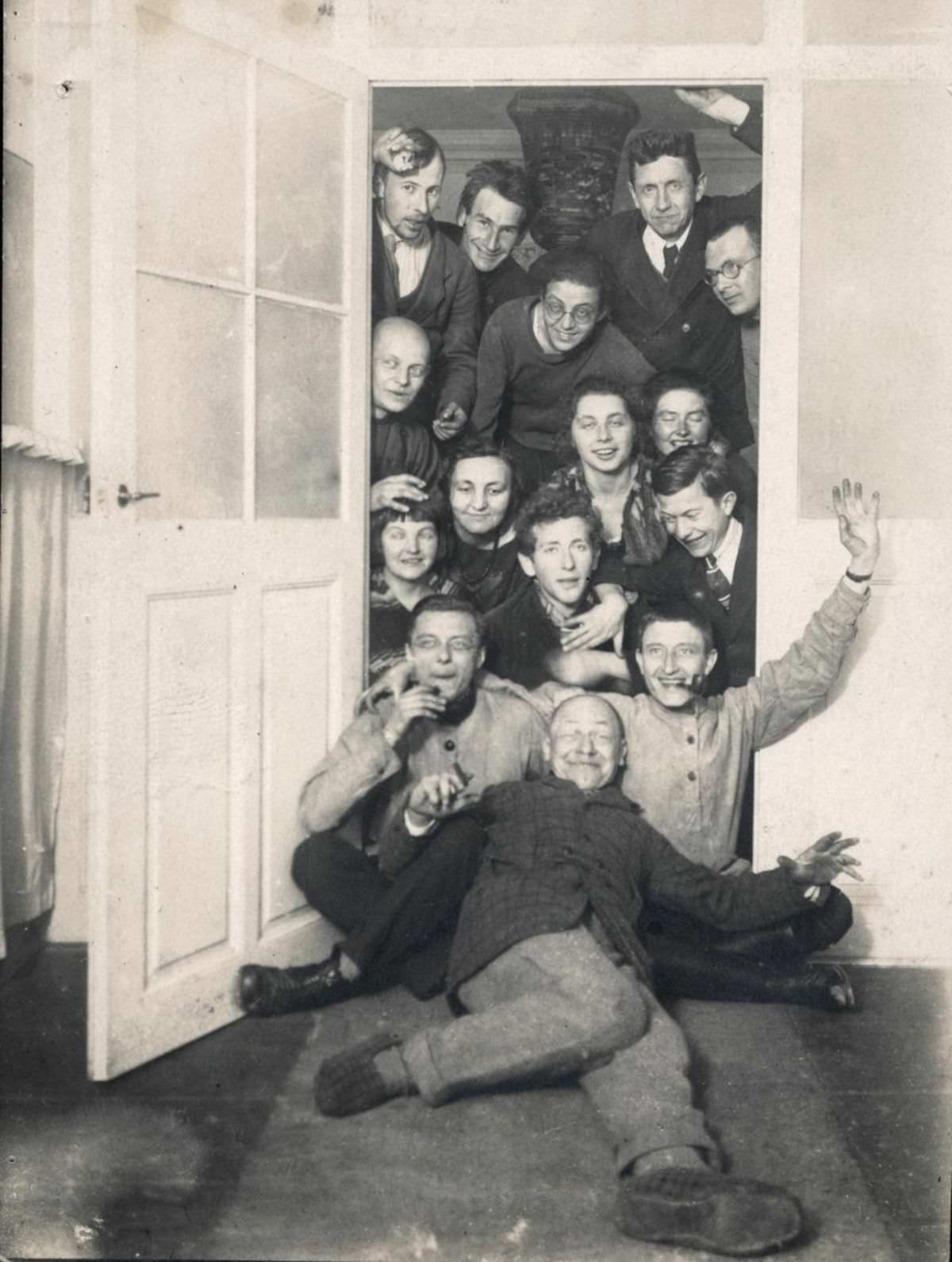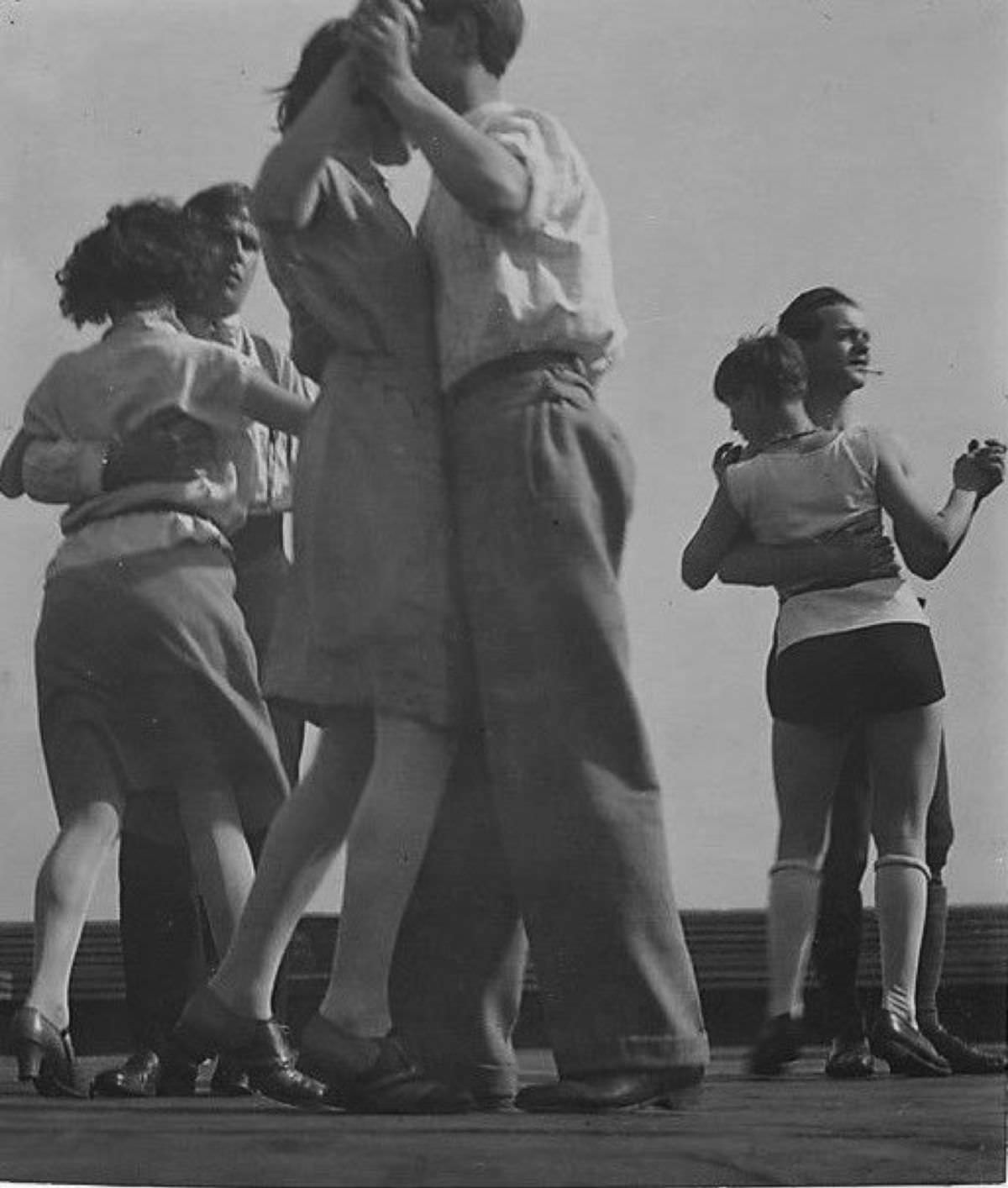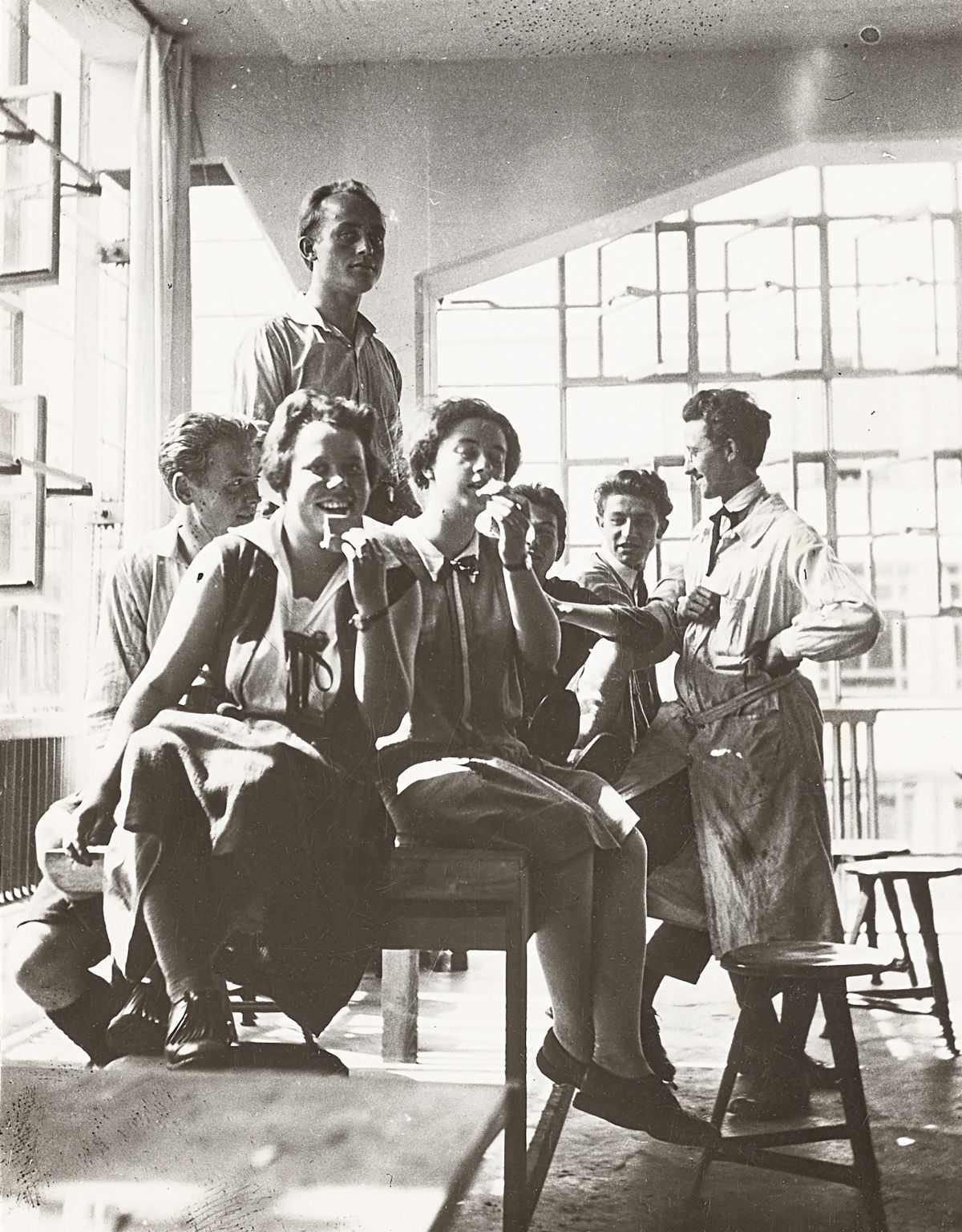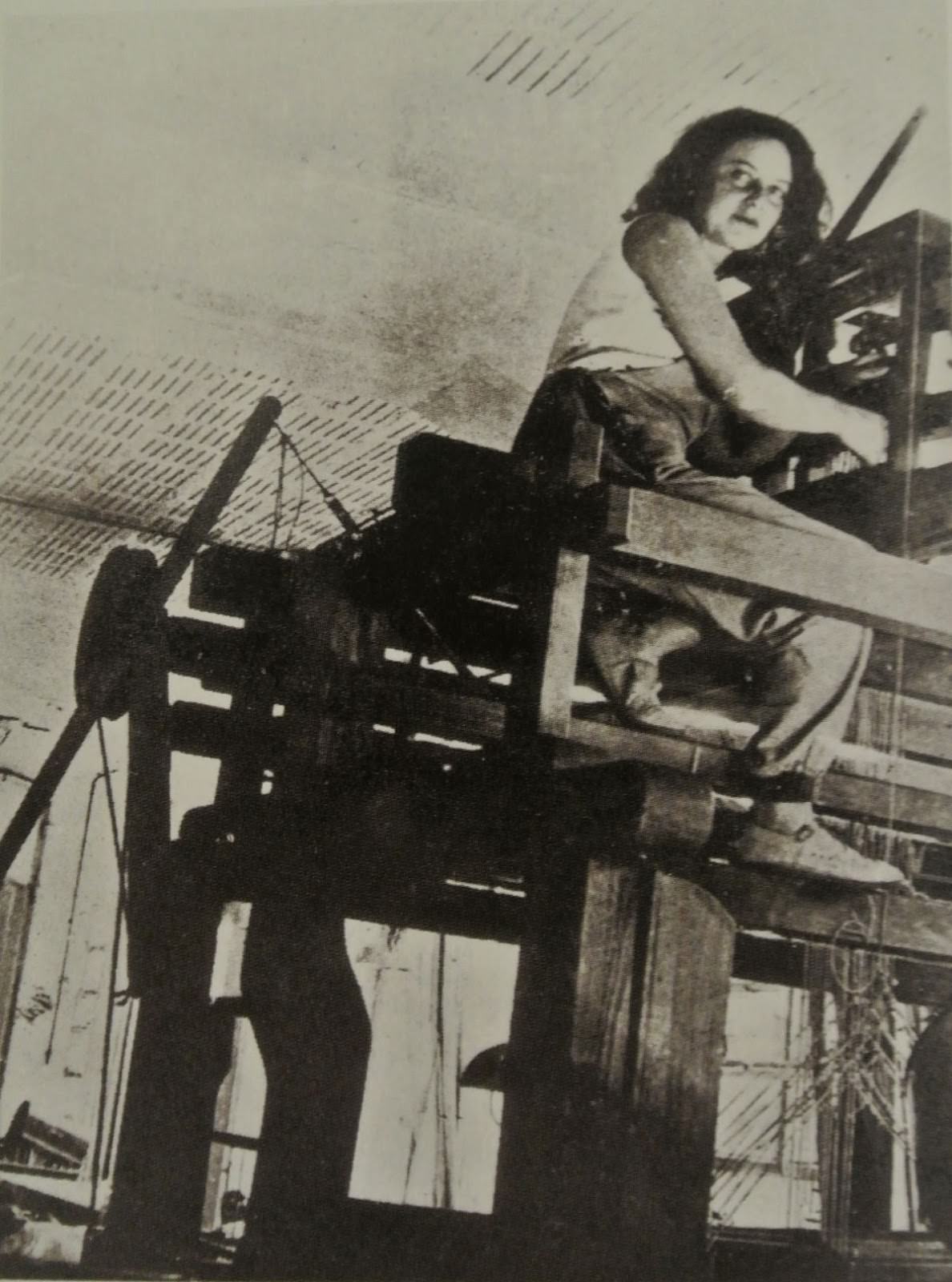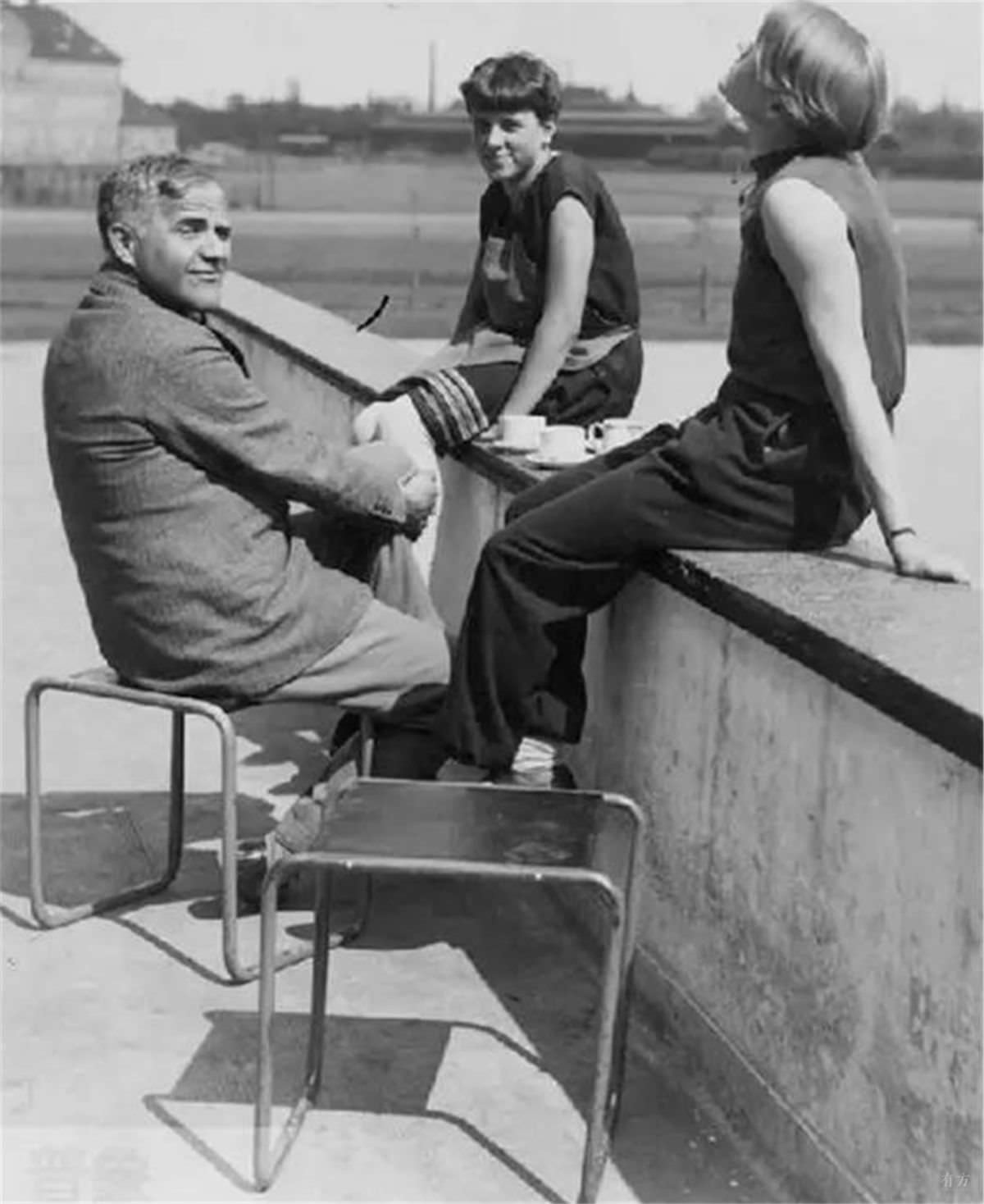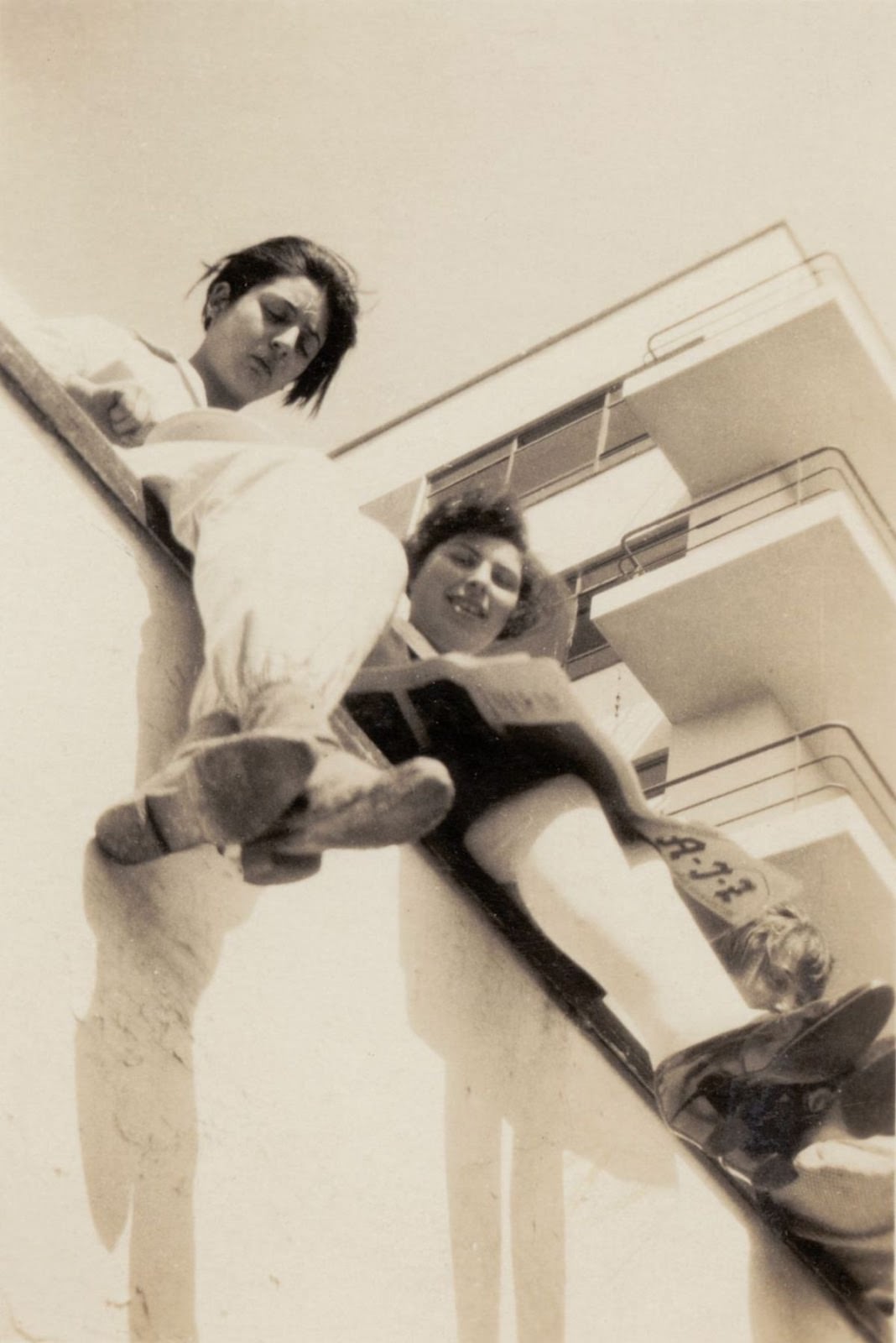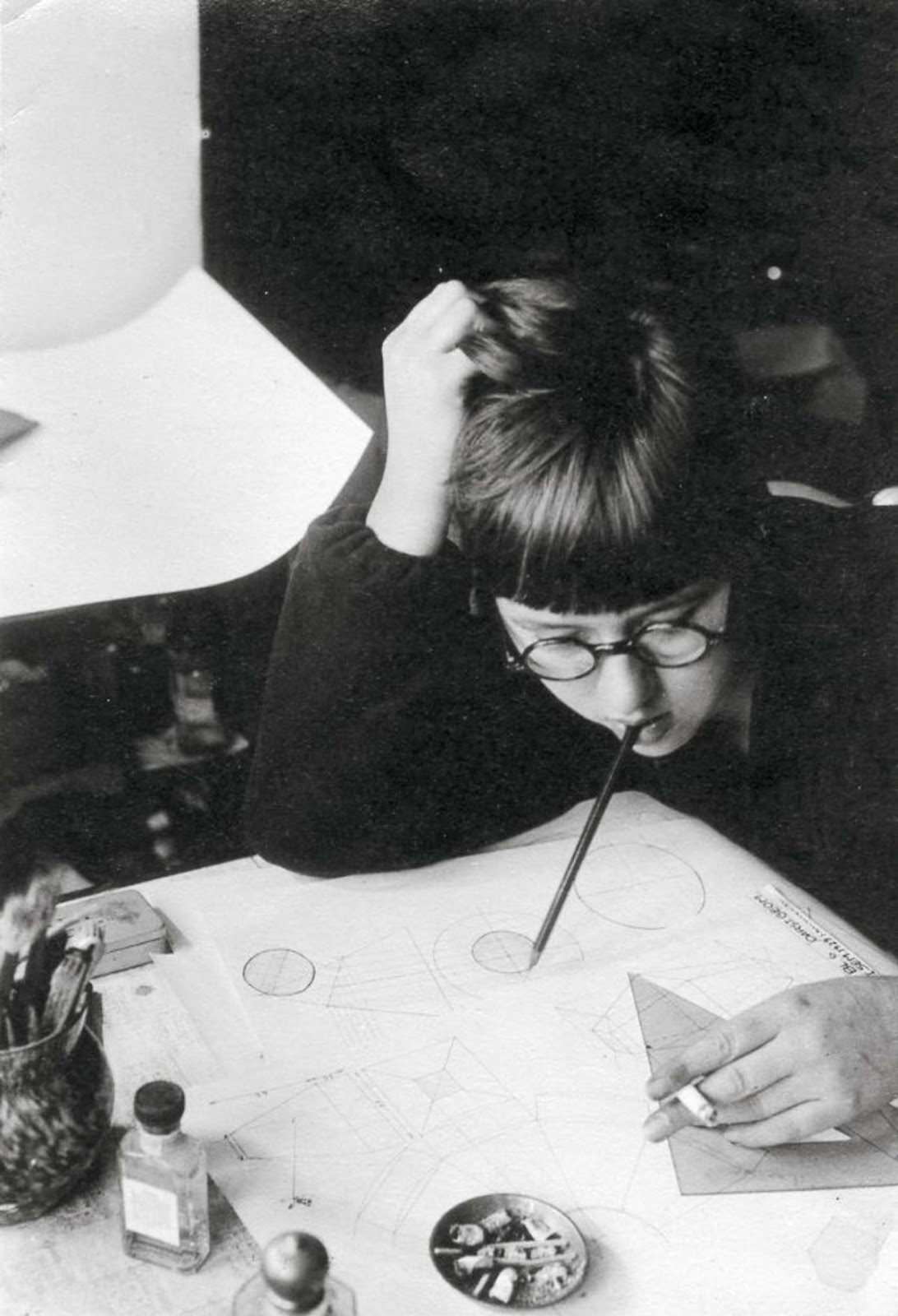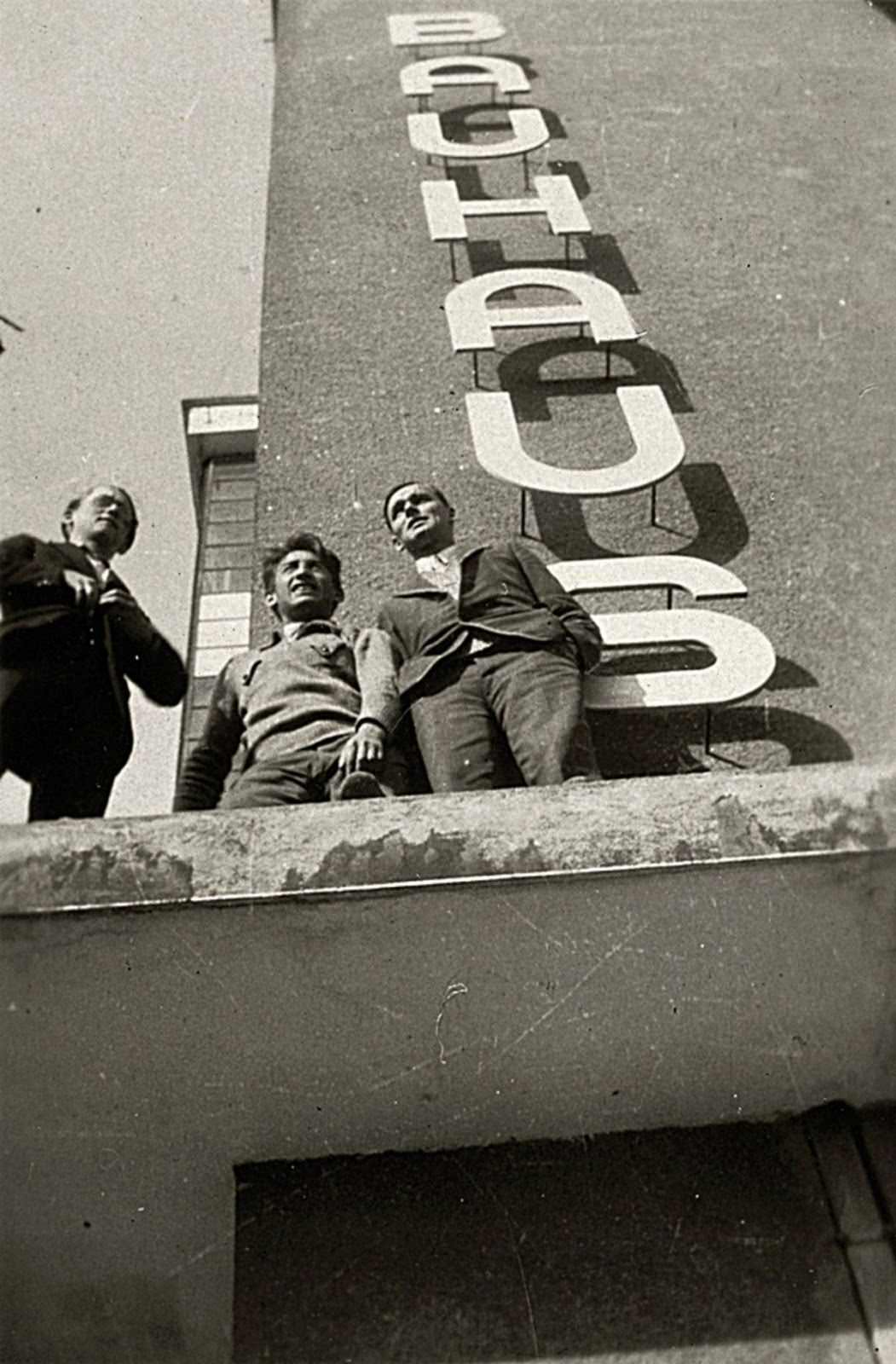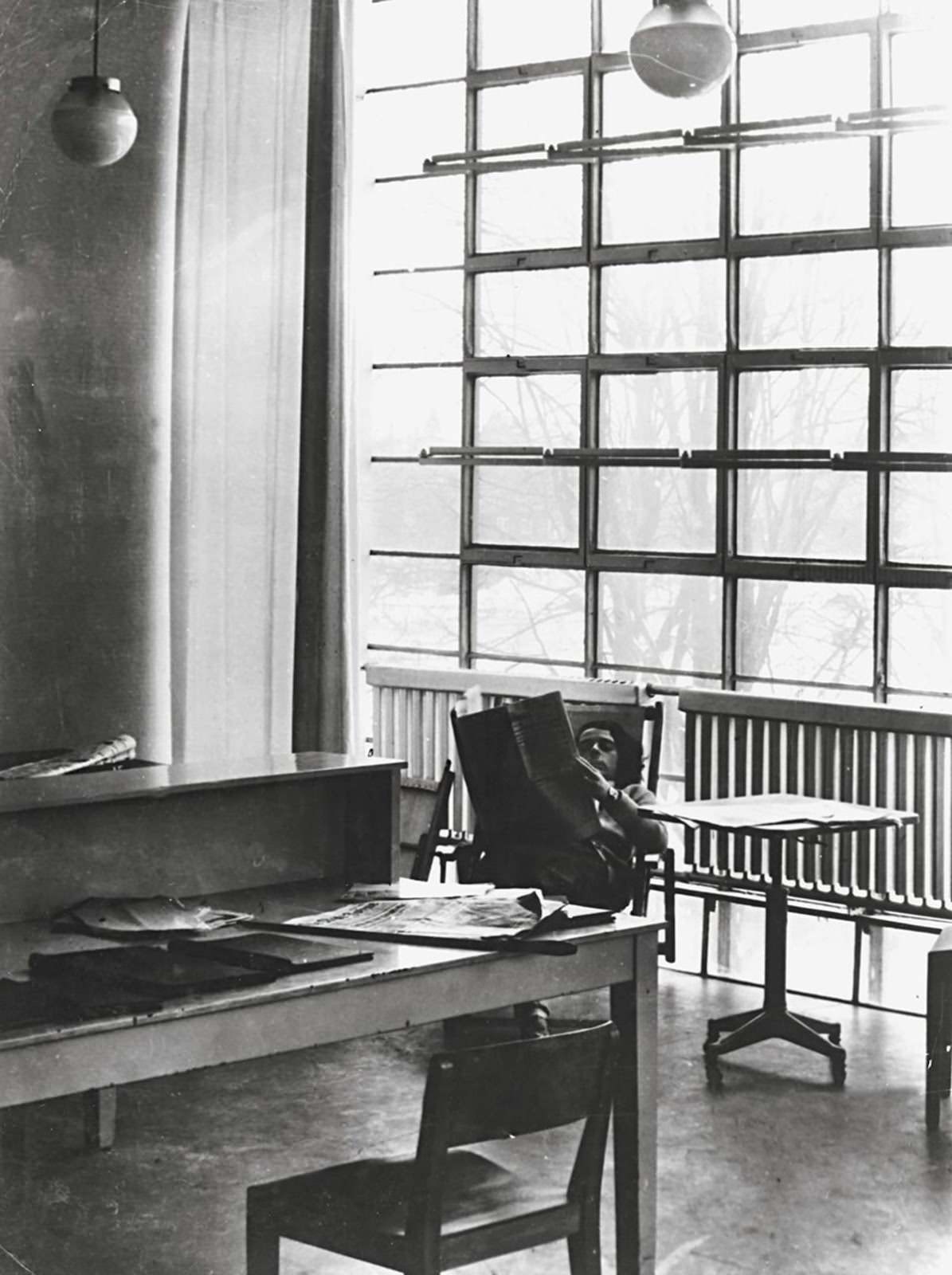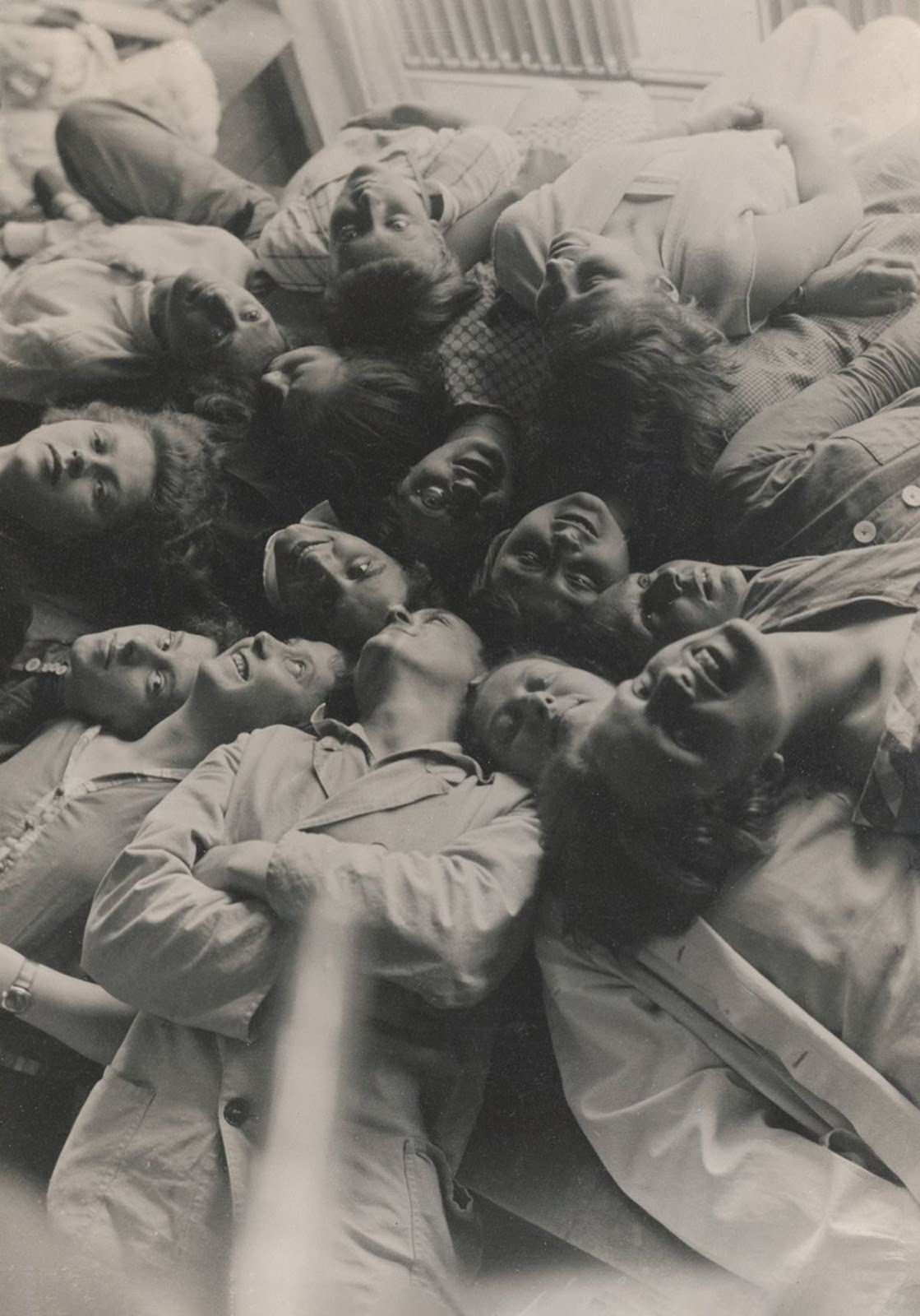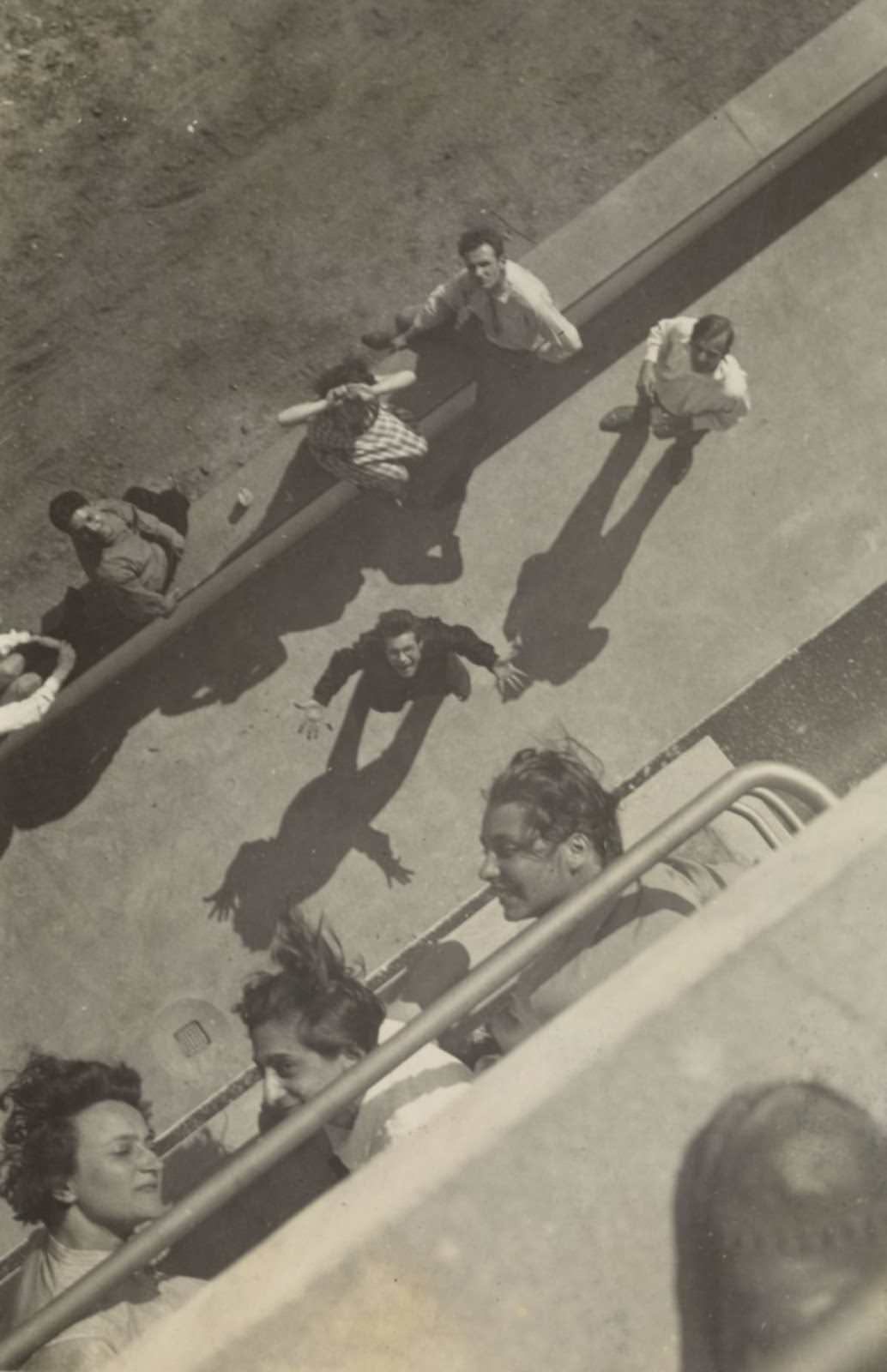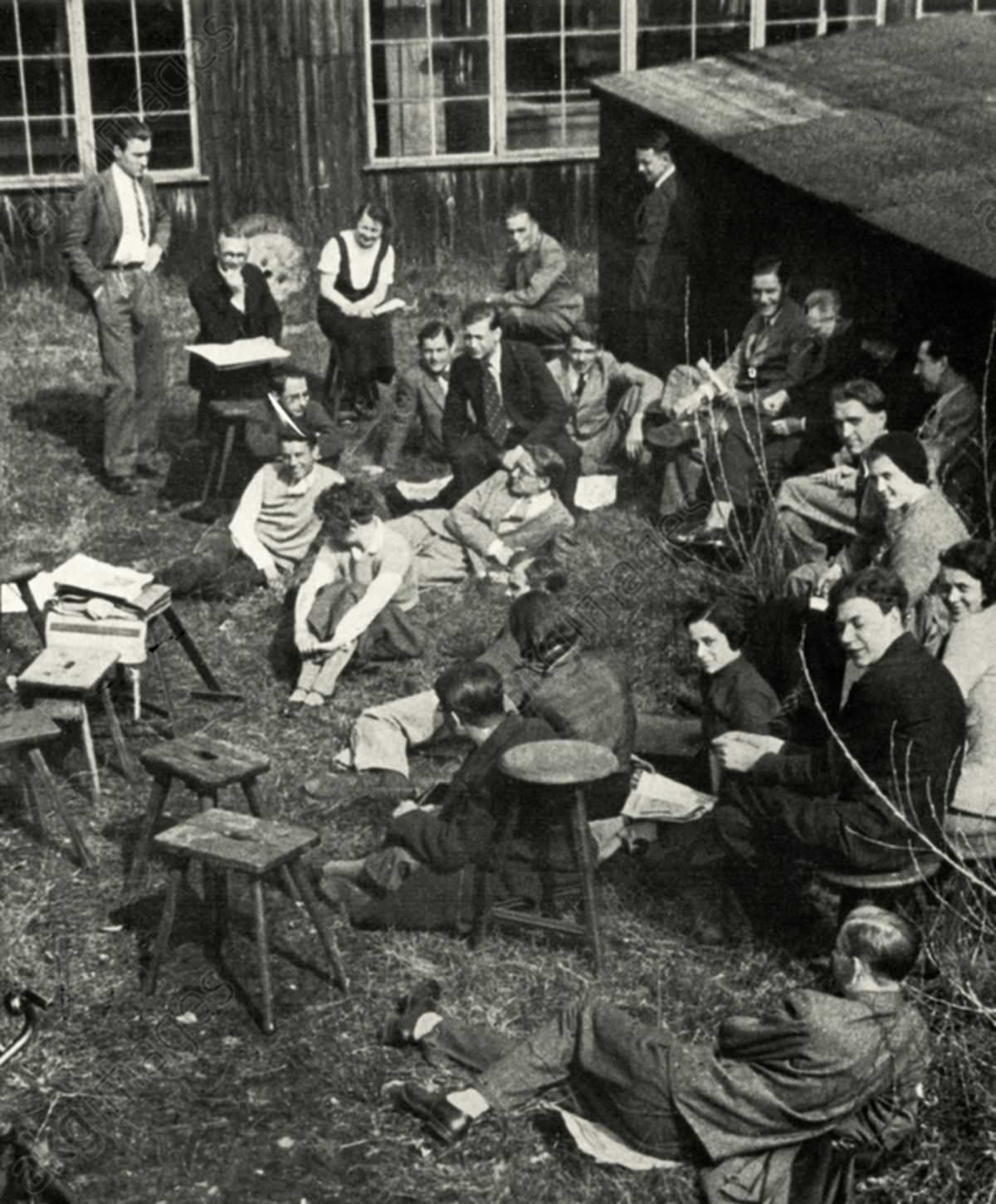In the fascinating world of art and design, the Bauhaus stands as a monumental beacon. Often hailed as the most influential modernist art school of the 20th century, its revolutionary approach to teaching and the indelible link it forged between art, society, and technology, continues to reverberate both in Europe and the United States, long after its premature closure under Nazi pressure in 1933.
Drawing influences from artistic movements of the 19th and early-20th centuries such as the Arts and Crafts movement, Art Nouveau, and its many international offshoots including Jugendstil and Vienna Secession, the Bauhaus breathed new life into the world of design and aesthetics. All these movements shared a common goal — blurring the distinction between the fine and applied arts and reconnecting creativity with manufacturing. This ethos found a home in the early years of the Bauhaus, which viewed itself as a reinvigorated guild of craftsmen.
However, the romantic medievalism that characterized the Bauhaus’s early years slowly made way for a more industrial vision by the mid-1920s. A newfound focus on marrying art and industrial design became the cornerstone of the school’s most groundbreaking achievements. The faculty of the Bauhaus, a veritable who’s who of innovators, played a pivotal role in shaping the contours of modern art and thought across Europe and the United States.
Despite breaking away from many conventions of traditional fine-arts education, the Bauhaus had an intellectually rigorous approach to its subjects. It successfully melded various aspects of artistic and design pedagogy, effectively dismantling the age-old hierarchy of arts that had persisted since the Renaissance. Practical crafts such as architecture, interior design, textiles, and woodwork were given equal standing with fine arts, like sculpture and painting, marking a significant shift in the perception and value of art.
The Bauhaus’s legacy extends far beyond painting and sculpture. Its influence permeated the realms of functional craft and design, with enduring impacts that are still apparent today. The minimalistic furniture and utensil designs of Bauhaus artists like Marcel Breuer and Marianne Brandt laid the foundations for the chic minimalism of the mid-20th century. Architects like Walter Gropius and Ludwig Mies van der Rohe became trailblazers in the International Style of architecture, a testament to the Bauhaus’s far-reaching influence.


